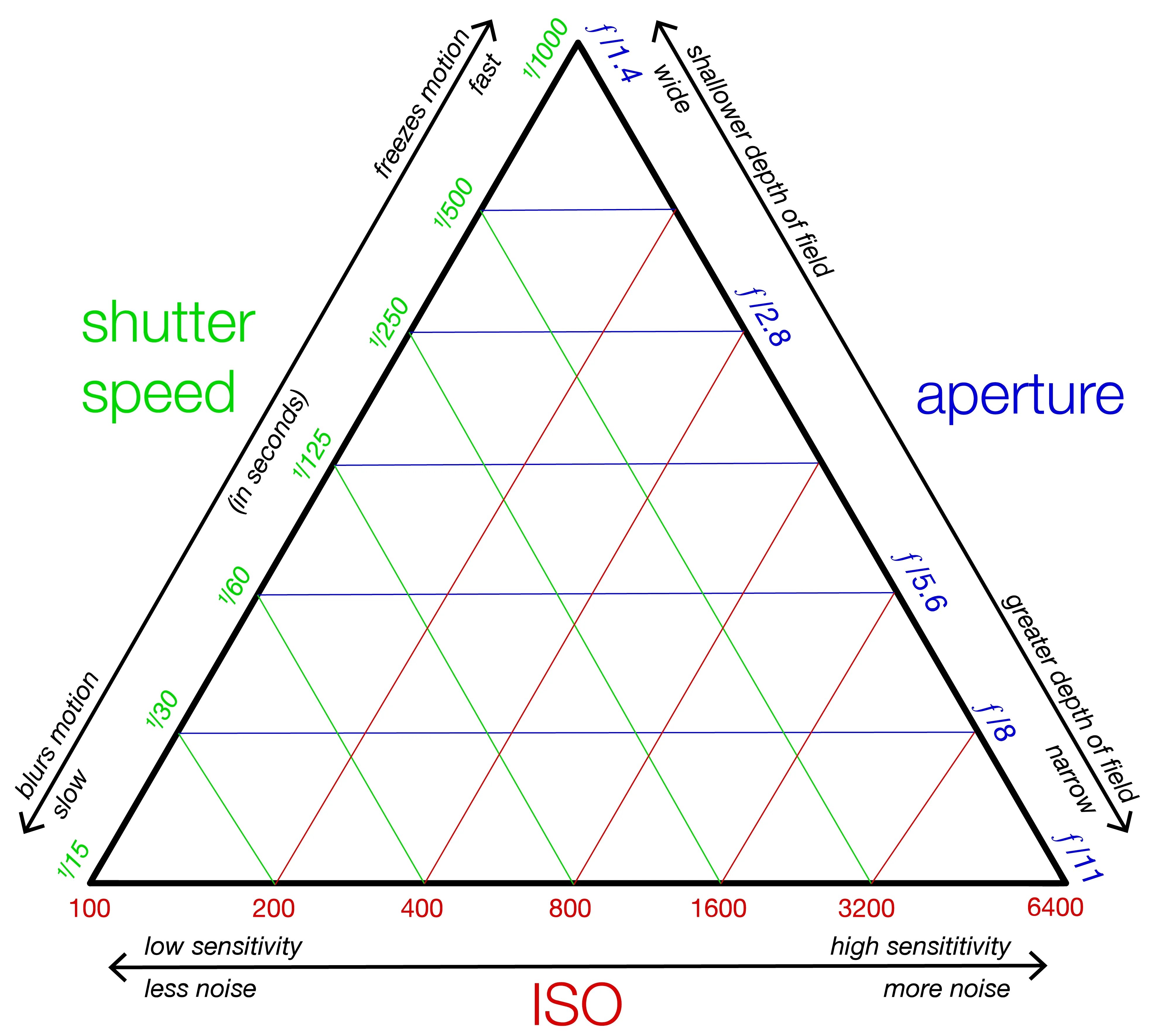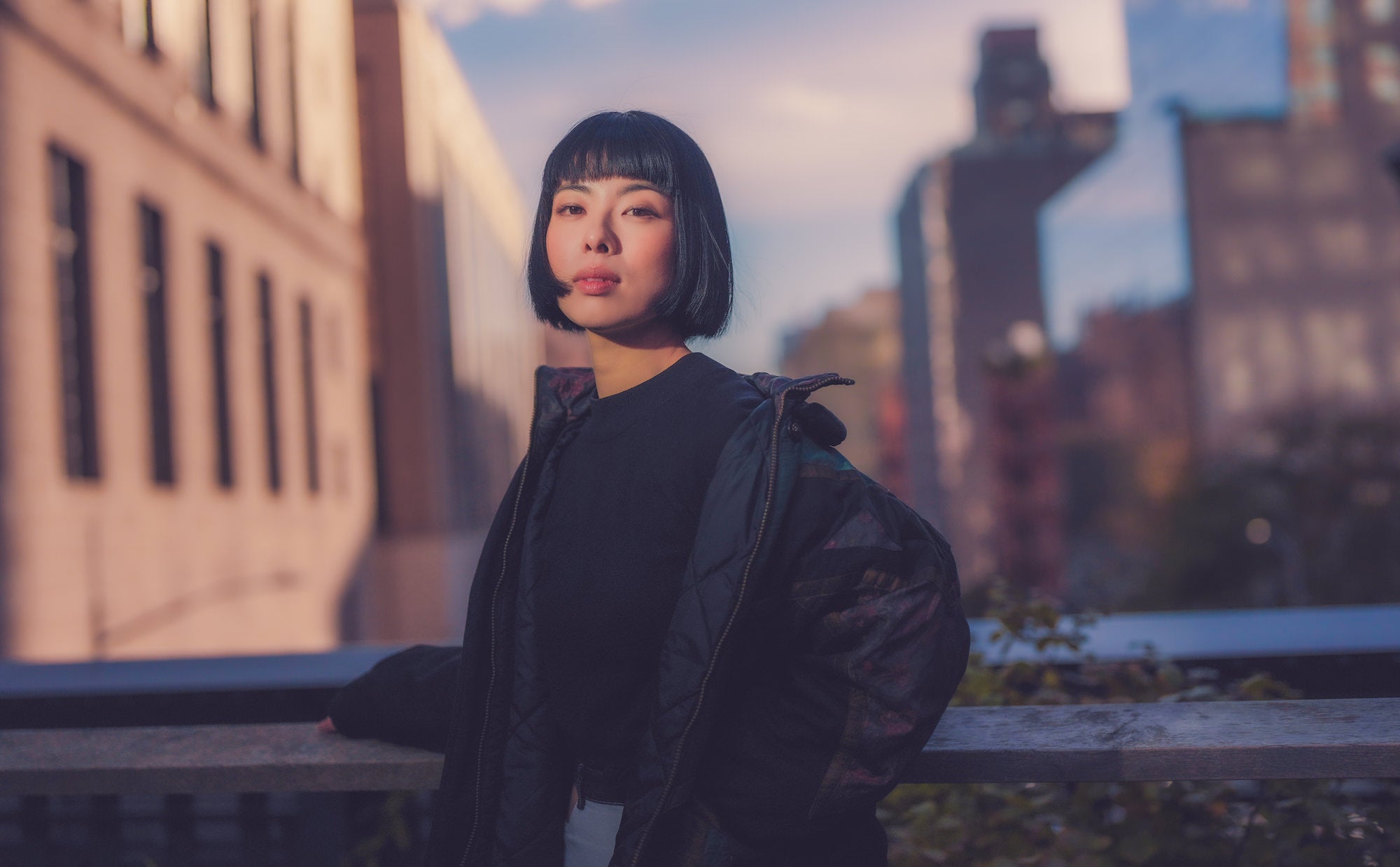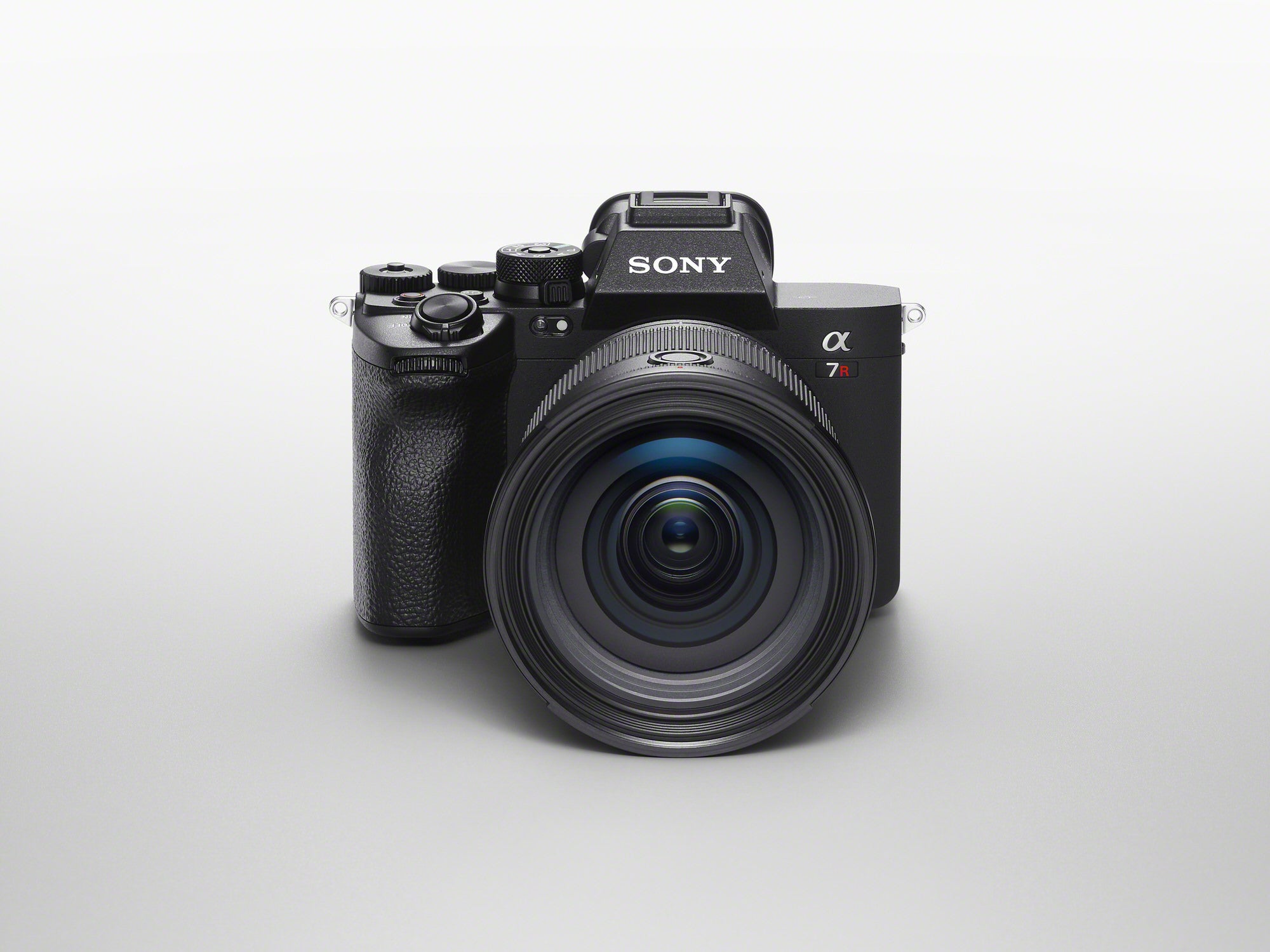Photography is an art that combines technical skills with a creative vision. Whether you’re a beginner or a seasoned photographer, there are always ways to improve and refine your technique. Check out these 10 simple tips to help you take better photos and harness the full potential of your creativity.
1. Master The Rule Of Thirds

Photo by Rachel Jones Ross. Sony Alpha 7S II. Sony 12-24mm f/2.8 G Master.
If you’ve been involved with photography at all, you’ve probably heard of the rule of thirds, but have you mastered it? How long has it been since you’ve thought about it? The rule of thirds is a fundamental principle of composition in photography. To do this, just imagine your frame divided into nine equal parts by two horizontal lines and two vertical lines. Place the most important elements of your scene along these lines or at their intersections to create more balanced and engaging compositions that grab the attention of your viewer. Keep practicing this compositional technique until it becomes natural.
2. Now, Break The Rule Of Thirds

Photo by Nate Luebbe. Sony Alpha 7 III. Sony 50mm f/2.5 G. 1/400-sec., f/5.6, ISO 160
You know what they say, rules are meant to be broken…and once you’ve mastered the rule of thirds, congratulations – now you should have the confidence to break it. You can break the rule and still create a stunning composition, some of the most experienced professionals do it. Fill the frame with your subject, place your subject far back and directly in the center, or find an entirely new composition shape you haven’t tried before. An interesting composition can stand out and grab a viewer’s attention, even if it doesn’t follow the traditional rules of photography.
3. Understand The Exposure Triangle

Another seemingly obvious tip for photographers, but still one worth including because it’s, well, everything when it comes to photography. The exposure triangle consists of three settings: ISO, aperture, and shutter speed. Understanding how these work together and mastering the balance between them is crucial for achieving the desired exposure and effect in your photos. Practice adjusting these settings to see how they affect your images.
4. Focus On Lighting

Photo by Scott Robert Lim. Sony Alpha 9 III. Sony 50mm f/1.2 G Master. 1/26000-sec., f/1.8, ISO 250
Lighting is one of the most critical aspects of photography. Natural light can be your best friend. Shoot during the golden hours (shortly after sunrise and before sunset) to capture soft, warm and flattering light. Always be mindful of where the light is coming from and use it to highlight your subject. Depending on the scenario and environment, you might have to create your own light. Try Sony Artisan Scott Robert Lim’s Magic Formula For Soft Lighting to help you properly light your subject. Learn more of his lighting techniques in 10 Pro Tips To Master Your Next Studio Session.
5. Use Lines To Lead The Eye

Photo by Jess Santos. Sony Alpha 7R IV. Sony 14mm f/1.8 G Master. 1/160-sec., f/11, ISO 100
Sure, we’ve all heard about using leading lines. But if you can get really good at incorporating leading lines into your composition, you can essentially guide the viewer’s eyes through the image. These could be roads, fences, rivers or any lines that draw attention to the main subject. Lines add depth and create a sense of direction within your photograph. By mastering how to properly use lines in your imagery, you can get your story across through an image by training the viewer’s eye how to see it. In reality, not every composition can have leading lines present, but every image can be composed in a way that thoughtfully leads the viewer's eye to where the creator wants it to go.
6. Pay Attention To Backgrounds
Photo by Garrette Baird. Sony Alpha 1. Sony 135mm f/1.8 G Master. 1/1500-sec., f/1.8, ISO 640
A cluttered or distracting background can detract from your main subject. That’s why it’s important to choose a background that complements rather than competes with your subject. This might involve moving your subject or changing your shooting angle to find a cleaner backdrop. Sometimes that one thing you didn’t notice in the background can completely throw off the composition. Also, use an aperture that throws a cluttered background into a smooth patch of bokeh. Pay attention while you’re shooting so you have less work to do in the edit.
7. Experiment With Angles

Photo by Jason Frankle. Sony Alpha 7C II. Sony 24-50mm f/2.8 G.
Change your perspective to add variety to your photos. Shoot from high above, down low, or from the side to find the most interesting angle. Unusual perspectives can make even the most ordinary subjects appear extraordinary. You might have to push outside of your comfort zone, but the only way to find those angles is to experiment!
8. Use the Right Gear: Invest In A Good Lens

While cameras are important, the lens you use can significantly impact the quality of your photos. A versatile lens, like the Sony 24-70mm f/2.8 G Master II, offers flexibility and superior image quality. Investing in a good lens can elevate your photography and provide greater creative control. The Sony 24-70mm f/2.8 G Master II is a popular choice among Sony shooters because its range is a great option for both photo and video.
9. Try Shooting Vertical & Using Custom Looks

The reality is, many viewers are looking at content on their phones, and many photographers are sharing their work on social media. Whether you’re shooting stills or video, Sony has cameras like the new Sony ZV-E10 II that can easily shoot vertically and includes 10 built-in Creative Looks that can be customized to give your images a unique look in-camera. These Creative Looks include: Standard, Portrait, Neutral, Vivid, Vivid 2, Film, Instant, Soft High-Key, Black & White, and Sepia. All of these looks can be used as they are set up by default, or you can customize them to your own liking using eight different parameters. Once you come up with a look that you want to use, you can save up to six of those as a customized preset for later use. Utilizing the technology in cameras like the Sony ZV-E10 II to find your style and share your work is a great way to step up your photography game.
10. Post-Process Thoughtfully
Editing is a powerful tool that can enhance your photos. That being said, you should always be thoughtful during the edit. Adjust exposure, contrast and color balance to improve your images, but avoid over-editing that could make them look unnatural. Tools like Adobe Lightroom can help you make subtle adjustments while preserving the photo’s integrity.
By incorporating these simple tips into your photography routine, you’ll be well on your way to capturing stunning and memorable images. Remember, practice is key, and always strive to find your unique style and perspective.




